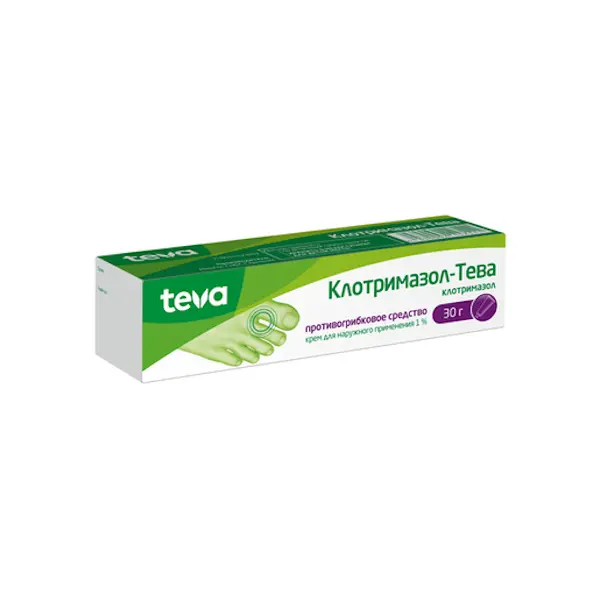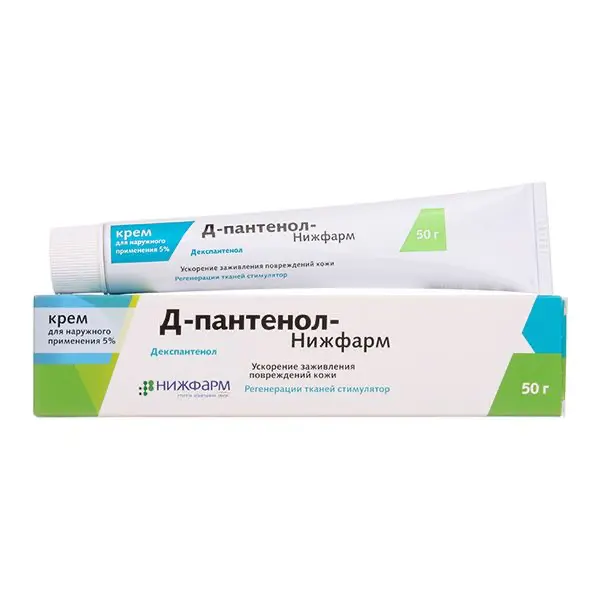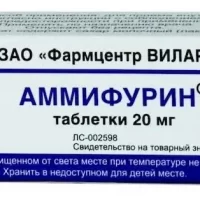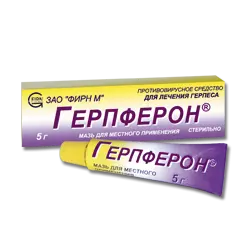Description
Clotrimazole cream Pharmacodynamics
Clotrimazole is a broad-spectrum antifungal agent for external use. Antimycotic effect of the active active substance clotrimazole (imidazole derivative) is associated with disruption of ergosterol synthesis, which is part of the cell membrane of fungi, which changes the membrane permeability and causes subsequent cell lysis. In low concentrations it is fungistatic, and in high concentrations it is fungicidal, and not only on proliferating cells. In fungicidal concentrations, it interacts with mitochondrial and peroxidase enzymes, resulting in an increase in hydrogen peroxide concentration to toxic levels, which also helps destroy fungal cells.
Effective against dermatophytes, yeast-like and mold fungi as well as Pityriasis versicolor (Malazessia furfur) and erythrazma pathogen. It has antimicrobial action against Gram-positive (staphylococci, streptococci) and Gram-negative bacteria (Bacteroides, Gardnerella vaginalis), as well as against Trichomonas vaginalis.
In vitro at a concentration of 0.5-10 µg/ml, clotrimazole inhibits the reproduction of bacteria of the family Corynebacteria and Gram-positive cocci (except enterococci) and has trichomonacidal effect at a concentration of 100 µg/ml.
Indications
– Fungal skin diseases, mycoses of skin folds, feet;
– Shingles, erythrazema, surface candidiasis caused by dermatophytes, yeasts (including genus Candida), molds and other fungi and pathogens sensitive to clotrimazole;
– mycoses complicated by secondary pyoderma.
Contraindications .
Hypersensitivity to clotrimazole or auxiliary substances ─, I trimester of pregnancy.
With caution – the period of lactation.
Application during pregnancy and lactation.
No adverse effects on the woman’s or fetus’ (child’s) health have been found during clinical and experimental studies. However, appropriateness of drug administration should be decided on individual basis after medical consultation.
Direct application of the drug to the lactating breast is contraindicated.
Directions for use and dosages.
- Outwardly. The cream is applied in a thin layer 2-3 times a day on the pre-cleaned (using soap with a neutral pH) and dry affected skin and gently rubbed.
- Duration of treatment depends on the severity of the disease, localization of pathological changes and the effectiveness of therapy.
- Treatment of dermatomycosis is carried out at least 4 weeks, pityriasis – 1-3 weeks.
- With fungal skin diseases of the legs, therapy is recommended to continue for at least 2 weeks after the elimination of symptoms.




